
Howdy! Just want a take second to introduce ourselves. We’ve been writing comic book reviews on the web for the better part of a decade, and after a much needed hiatus, the good folks at JoBlo.com have given us a new home to do a bi-weekly comic book column. If it goes well, and the good folks at JoBlo.com are willing, we hope to make this a weekly thing.
What’s the format? What can you expect? We know your time is valuable, and there’s nothing more frustrating than a comic book review that takes twice as long to read than the actual comic itself. We’re not here because we like the sound of our own voices. We’re here to provide a service. To that end, every other week we’re going to give you six reviews, critical and thorough, but also quick and to the point. Again, if things go well, and (dare I say it?) your tolerance builds, maybe we’ll throw in an extra “shot” or two. So, without further ado…“Comics Reviewed.” A “six-pack” of comic book reviews for your consumption and enjoyment (i.e. a perfect score is a full six-pack!).

KICK-ASS VOLUME 1 HARDCOVER (Marvel, $24.99)
By Jeb Diel
Mediocre books often make better movies than great ones. And, given the buzz surrounding the upcoming film version of Kick-Ass, it would seem that we’re about to have more evidence of that. Because as a comic, Kick-Ass is, frankly, a mess.
Writer Mark Millar’s teenage standin here, Dave Lizewski, is an average high school kid: he and his friends love comics, but they’re not some weird, isolated trenchcoat mafia. Dave’s awkward around girls, but no more so than most adolescent males. And given that he’s not a particularly compelling character in the first place, the fact that Dave turns to superheroing not because he is impelled by radioactivity or the death of someone he loves, but because he’s sort of bored and curious, makes the first few issues of the book kind of a shrug. Yeah, if someone like Dave tried to be a superhero called Kick-Ass, he’d probably get the crap beat out of him. That’s it?
Kind of, because about a third of the way in, Millar gets to the characters that actually interest him (and us): Big Daddy and Hit Girl, the truly weird father-daughter team of costumed vigilantes taking on organized crime in the bloodiest way imaginable. Now Dave is reduced to little more than a lame sidekick as we watch the story shift to the bizarre and tragic story of these two maladjusted souls. Once we get past a couple of the big reveals (one of which is being regularly spoiled by the film’s marketing), we might be able to draw some parallels between Dave and Big Daddy, but they don’t really add up to much, and the “here we go again” conclusion of the book doesn’t promise that the next edition will be much more interesting.
John Romita, Jr., provides the appropriate kineticism and gore, and fans of his work should at least take a look (but be aware that there’s an introduction by Rob Liefeld, which might offset that). Think of Kick-Ass as the anti-Watchmen: skip the book, see the movie.



AMERICAN VAMPIRE #1 (Vertigo, $3.99)
By Graig Kent
Vampires haven’t ever really gone out of style but it does seem as of late there’s a resurgence, led (for better or worse) by the Twilight series. True Blood, The Vampire Diaries, Daybreakers, Cirque Du Freak, Anita Blake… books, movies, comics, television, they’re inescapable, some might argue overexposed. But there seems to be no abating to the flood of bloodsuckers, with the latest addition being Vertigo’s new series American Vampire. Given that the trend in the sub-genre of vampire fiction seems to be overt sexualization or romance geared towards a female audience, what does American Vampire have to differentiate and draw attention to itself? One name: Stephen King. The five issues will be divided into two stories, one by series writer Scott Snyder, the other by King, and far from being disparate tales, King’s story connects by presenting the background to one of Snyder’s lead characters. Snyder’s story is set in the 1920’s where a young Hollywood starlet finds herself in over her head, despite the warnings of a mysterious stranger, while King’s takes place over 30 years previously in the old west, as that same stranger, a big-time bank robber, finds himself on a train to justice that goes a little awry. Both tales are illustrated by Rafael Albuquerque, so they maintain a consistent sensibility to the visuals, but Albuquerque does modify his style for each tale. Similarly master colorist Dave McCaig switches up his technique to give a different, yet equally lush texture to each story. Albuquerque’s visuals are beyond impressive, saturated in incredible detail, reviving the eras in which they are set without ever seeming too forced or cluttered. Though his story is sound, Snyder’s dialogue is probably the weak point of the issue, as it seems too modern to fit the era, but King effortlessly dives into western tropes and make them, if not fresh, at least comfortably familiar. To be honest, I was never much of a fan of King’s writing style, but on a pure dialogue level accentuated with Alburquerque’s art, I’ve immediately about-faced and warmed up to the legend. As a first issue, this doesn’t provide enough of a sense of where the series is going, but it does provide the opening chapter to two interesting tales with some exquisite art, and that’s more than enough to bring me back for more.





JOE THE BARBARIAN #1-3 (Vertigo, $2.99)
By Adam Prosser
Grant Morrison has a reputation as that guy who writes really weird, inaccessible and brain-melting comics. Personally I think this is unfair—Morrison’s weird, yes, but most comics are pretty strange in one way or another, and his stuff is ultimately fairly straightforward. He just tends to ask more of the reader than the average comics scribe. Nevertheless, people who are interested in Morrison’s work but find it a little intimidating have a perfect gateway drug in Joe the Barbarian, a new Vertigo miniseries of which the third issue has just been released. Morrison’s wild imagination is on full display—Samurai rats! Evil trenchcoats! An underwater race through gigantic plumbing!—but it’s couched in the familiar story of a regular kid who stumbles into a fantasy world and discovers he’s destined to save it. In this case, the fantasy world is a hallucination (or is it?) by a kid named Joe, who’s slipping into a diabetic coma brought on by lack of sugar; in his mind, his slow crawl through his house is amplified into an epic quest to stave off the evil minions of King Death and restore light to the land (by getting a soda from the fridge and turning on the fuse box). Artist Sean Murphy and colorist Dave Stewart create an amazing sense of place via lavish detail, not just in the fantasy world but also in the carefully realized layout of Joe’s “real world” house; this is the kind of comic you could practically live in. This careful world-building, and Morrison’s clever themes and details, help bring life to a story that otherwise would just be the latest riff on Star Wars or Harry Potter. If you’re completely sick of The Hero’s Journey, this comic isn’t for you, but for pretty much everyone else—fantasy lovers, Morrison’s hardcore faithful, or the most casual of comic readers—this is a wonderful read.






THE GREEN HORNET: YEAR ONE #1 (Dynamite Entertainment, $3.99)
By Sean Fahey
I’m a huge fan of writer Matt Wagner’s classic Vertigo pulp detective series Sandman Mystery Theater, so I was pleased to see his name attached to the one (of, I believe, five) Green Hornet series being put out by Dynamite actually set in the classic age of pulp costumed crime fighters. While it’s far too early to make a judgement call on the series as a whole, this inaugural issue firmly establishes an appropriate noir, pulp atmosphere — dark city streets, a populace paralyzed by trench-coated mafia thugs, and a pair of masked (non-super-powered) vigilantes who aren’t quite fully embraced by the people they’re out to protect — and lays a solid narrative foundation for the Green Hornet and Kato’s backstories and motivations. Not a whole lot of action here, but as the title of the series suggests, this comic is as much about why and what led these men choose to put on the mask than what they do when they’re behind it, which, to be honest, is always more intriguing. There’s nothing here we haven’t seen before (the influence of Batman: Year One is heavy here), but the pieces are in place for a good pulp tale, nevertheless. Now, it’s a matter of execution.




SIEGE #3 (Marvel, $3.99)
By Devon Sanders
In Siege #3, written by Brian Michael Bendis, kingdoms and plot points, literally and figuratively, come crashing down. The Avengers, along with the inhabitants of fabled Asgard, are confronted with the evil that is Norman Osborn and Loki’s America, remade through betrayals and outright lies. But the founding Avengers of Thor, Captain America and Iron Man have still yet to appear on the same page, back-to-back-to-back, ready for triumph. As such, Siege #3 is a holding pattern, punches are thrown in the name of justice, heaven comes crashing down, old alliances inch ever closer to reformation and yet… nothing really happens. Siege #3 lacks urgency and feels less like an event and more an eventuality. Just as kingdoms fall, heroes will rise, as long as you’re willing to wait for a fourth issue. It’ll happen.




CONAN THE CIMMERIAN #19 (Dark Horse, $2.99)
By Sean Fahey
This issue kicks-off a new story-arc of Dark Horses’ excellent sword and sorcery series. No longer an arrogant young thief, but still years away from becoming the King of Aquilonia, Conan is at this point in the series the leader of a small mercenary army finding fortune and adventure where he can. Without any true allies though, and no shortage of enemies, it’s just a matter of time before Conan and his men get in over their collective barbarian heads, and as the events of this issue unfold, it’s clear that much carnage will shortly ensue. One of the things that’s always made Robert Howard’s stories (and the fictional world of Hyboria) so rich and engaging is the unbelievable history and level of detail Howard conveys in his tales. Hyboria isn’t some generic fantasy setting, it’s a living, breathing world; and Dark Horse, to their credit, has always gone out of their way to find phenomenal artists with a keen attention to detail for their Conan books. Case in point, artist Tomas Giorello. It’s genuinely admirable how much care and attention goes into the look of this book. Every weapon. Every suit of armor. Every banner and outfit. Giorello truly sets the stage for writer Tim Truman to convincingly chronicle Conan’s adventures in this deeply textured world. On top of being exciting high-adventure month in and out, this is just a gorgeous looking book.












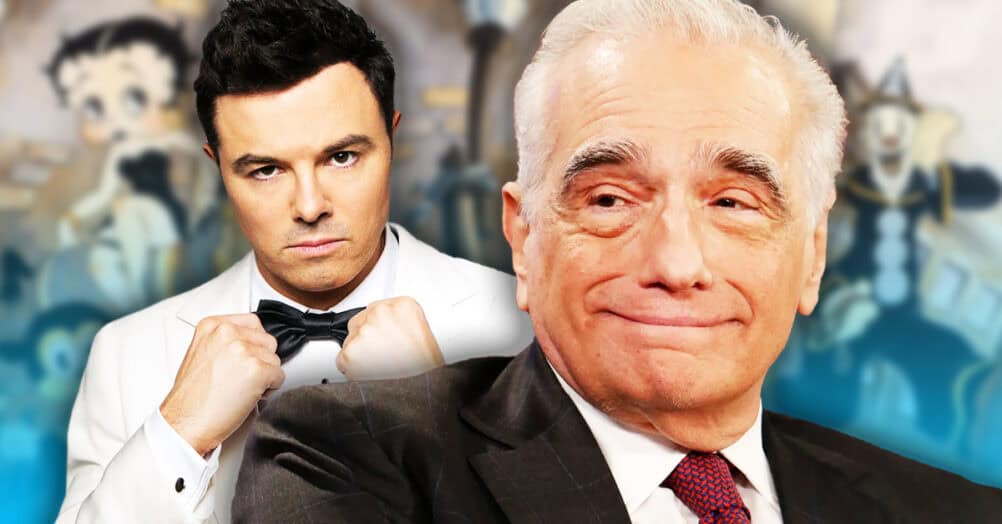

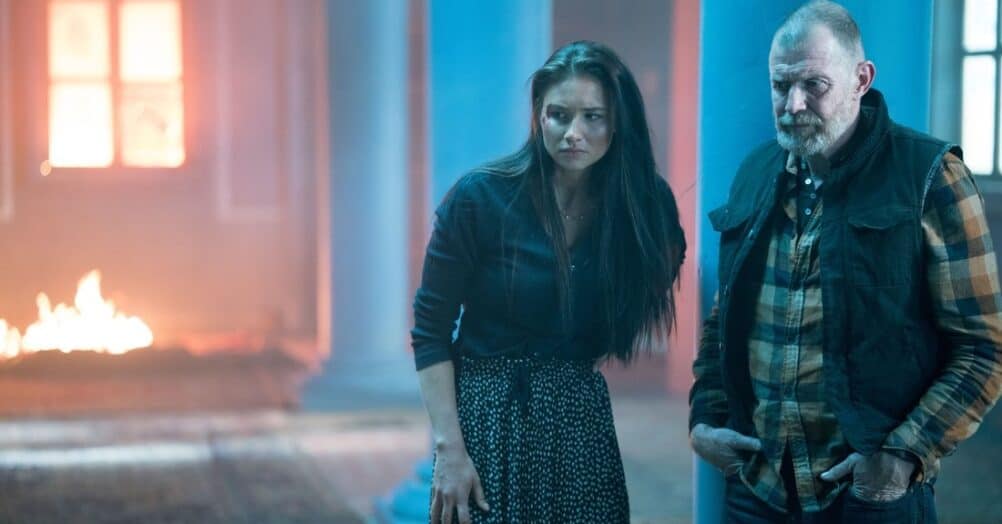

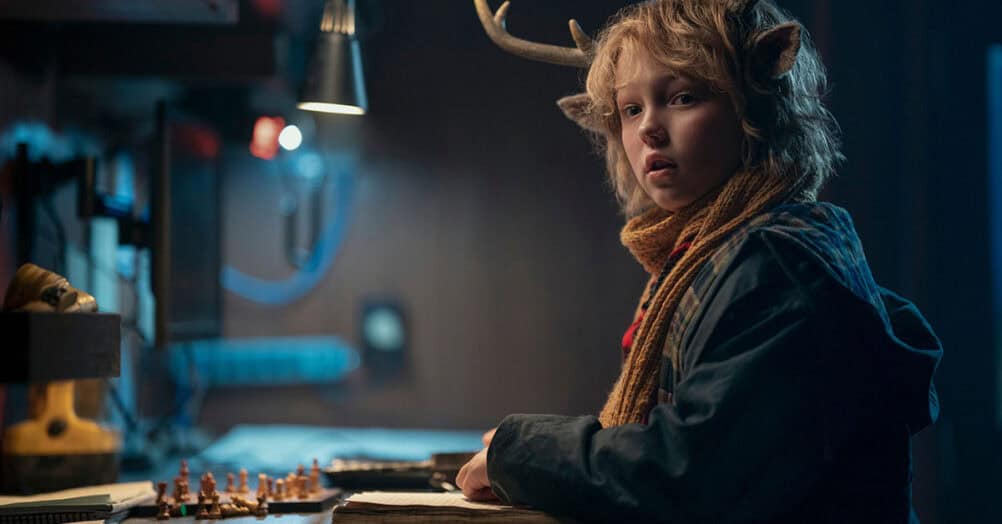
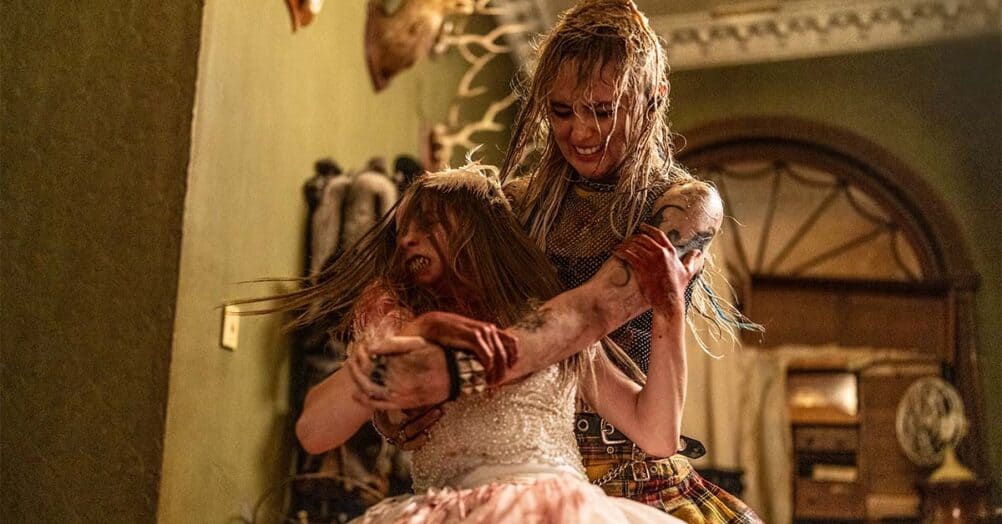

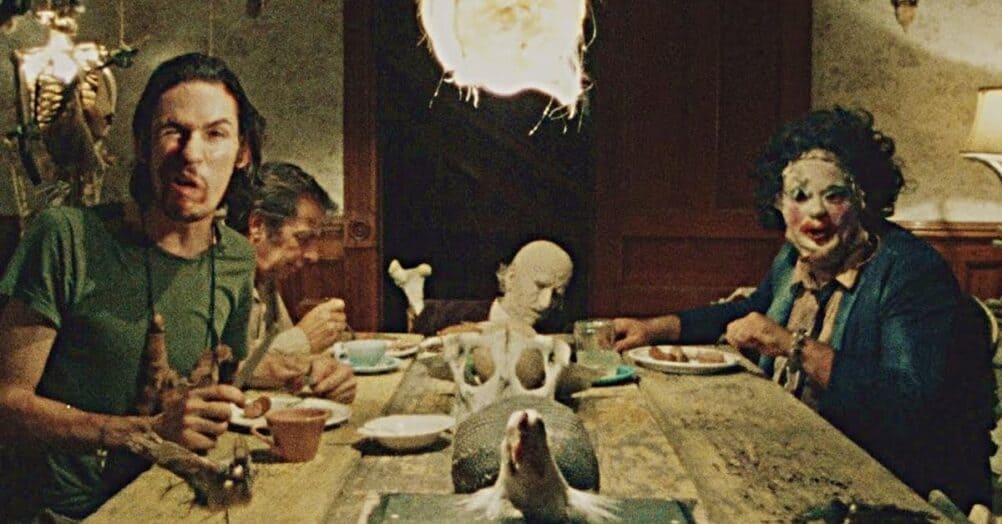
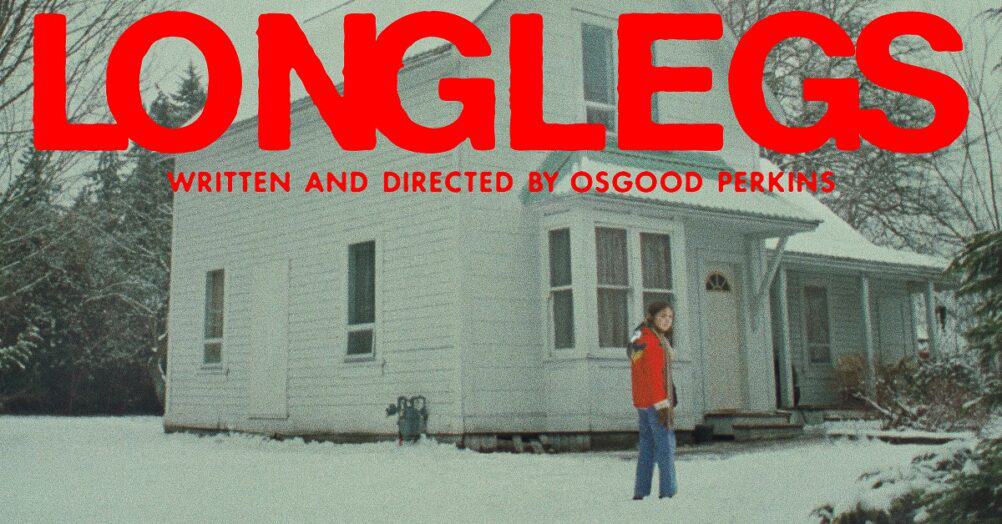
Follow the JOBLO MOVIE NETWORK
Follow us on YOUTUBE
Follow ARROW IN THE HEAD
Follow AITH on YOUTUBE